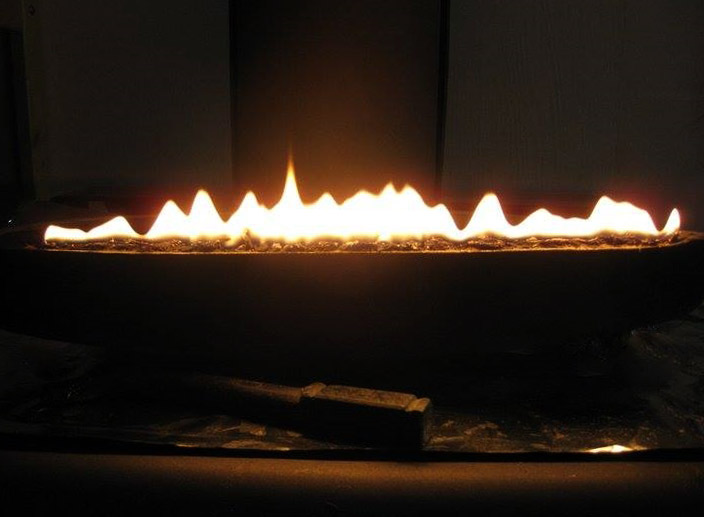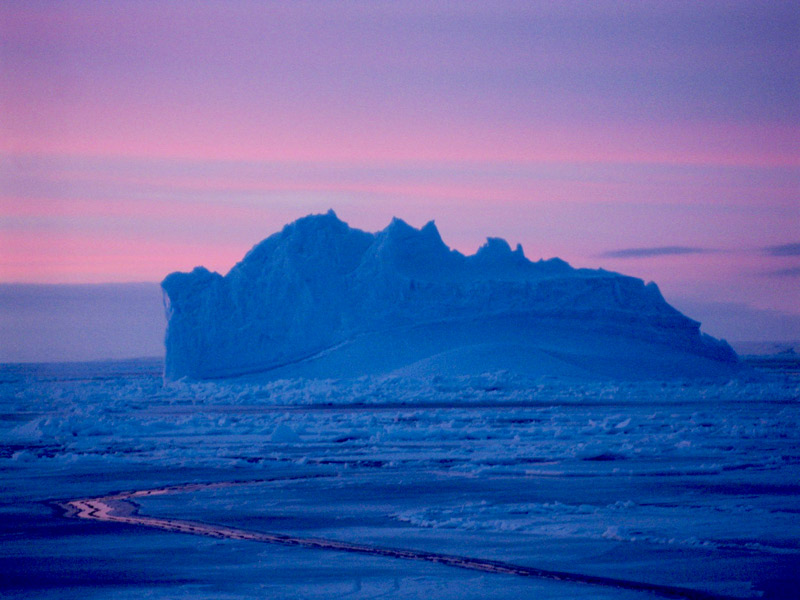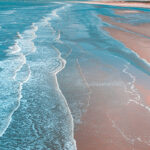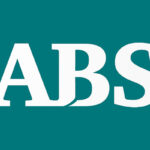Information for those wishing to serve in Nunavut
Inuit oil lamp. Photo: Pat Parks
‘Abdu’l-Bahá gave the following direction in 1916: “God willing, the call of the Kingdom may reach the ears of the Eskimos (Inuit)…” He also promised that “Effort, the utmost effort, is required.” but assured that, if this effort is displayed “its effect will be very great and far-reaching.” [1]
And, less than a year later, February 21, 1917, ‘Abdu’l-Bahá made the call again: “…likewise, dispatch ye teachers to Greenland and the home of the Eskimos (Inuit).”[2]
Encouragement continued to flow when on June 20, 1953 Rúḥíyyih Khánum wrote on behalf of Shoghi Effendi: “He (the Guardian) realizes that the objectives in the far north are perhaps the hardest. On the other hand, the harder the task, the more glorious the victory.”[3]
These powerful words of direction from long ago are still beacons of guiding light in this day.
Bahá’ís have come and gone over the past 60 years or so in some of the communities of Arctic Canada and Greenland. Some have stayed and established small communities. Some are those Inuit who have heard the call of the Kingdom and have stayed north or even moved elsewhere.
Perhaps you have felt inspired by those words of ‘Abdu’l-Bahá. There is still much work to do and still many locations in which the friends do not reside and to which the Message of the Kingdom has yet to reach “the ears.”
Following is a thought shared by one long-term northerner of many decades who became a Bahá’í in the past six years: “That work will be done in Arctic communities with many faith communities, some with ardent, consistent and well-funded recruitment from all the most organized religions of Canada. Nunavut itself is seen as a recruitment region for many world religions, with huge symbolic significance for all Faiths. However, the Bahá’í Faith is regarded with genuine and deep respect by Inuit and long-term non-Inuit residents – and as one of the founding faith traditions of the Arctic, by many.”
Here is advice from one of the Inuit Bahá’ís which could help us reflect on motive and attitude: “The indigenous populations of Canada don’t need ‘saving’. Serving this population is about learning best how the Revelation of Bahá’u’lláh can transform the culture into its truest potential and we don’t know what shape or form it will take. It’s about being a true listener and being patient.”
If, as a Bahá’í, you are feeling inspired to live and work in the Arctic as an itinerant professional or permanent resident, you should consider some of the following travel, clothing, food,
employment and housing information:
- All travel throughout the Arctic is by airplane and the cost of this travel is considered the highest in the world. Travelling from one community to another can be the same cost or more than an around-the-world flight, elsewhere. Annual travel costs are an encouragement to Arctic residents to collect travel points. Public sector employees working for federal, territorial or municipal governments, Inuit “birthright (land claim) organizations” or some corporations, provide annual travel costs from communities to either Montreal, Ottawa, Winnipeg or Yellowknife, NWT.
- The cost of hotel accommodation typically starts at over $200 per night with meals about 300% greater than most basic southern fare, so make sure all these details are thoroughly worked out before leaving.
- Winter clothing: While Nunavut’s cold is dry, winter temperatures range from -15 to -45 degrees Celsius “actual” with typical wind chills that drop the feeling to -55 degrees at coldest times, depending on the community. Insulated wind/snow pants are needed, Arctic-rated snow boots, and Arctic-rated coats with fur face “roughs” will be essential to feel secure and take advantage of winter outside activities that prevent people from becoming house-bound with “cabin fever”. Houses are generally made for the Arctic and tend to be cozy. Many communities experience up to 24 hours of darkness over a period of about 2 to 4 months in the winter (depending upon how far north you are). Those living below the Arctic Circle get some sunlight every day.
- Summer climate is generally dry, with shore breezes and frequent shore-fogs, with daily temperatures ranging (depending on the community) from 8 to 25 degrees Celsius in mid-day and cooler in mornings and evenings. Depending on how far north a community is, you may experience up to 24 hours of daylight during several months of the summer. Below the Arctic Circle, the sun sets for a while each day.
- All costs of living are significantly higher than most locations across southern Canada, but then, for those who have jobs, the salaries generally reflect this higher cost of living. You will be understanding correctly if you realize that a portion of the population without stable jobs struggle much more than the majority of Canadians to meet their basic needs. On the other hand, most Arctic communities have a complete socio-economic range of incomes, living in close communication with large and successful community efforts to benefit and support secure food sources, sports and school programs for youth. Drugs and alcohol are present in all communities, affecting some more than others, historically.
- Food costs are astonishingly high – on average 300% above southern prices – and selection of fresh food is extremely variable, by season and community.
- If you are planning to do more than travel to the Arctic and your goal is to live here then, most importantly, you need a job arranged before coming and this job needs to provide you with some kind of employment-based subsidized housing. Below are the types of contract or permanent jobs most open to those coming from out of the territory:
- Teachers for all levels of education, building and mechanical tradespeople, atmospheric and “earth” scientists, researchers, corrections workers, RCMP officers, judges, nurses, medical technicians, medics, doctors, surgeons, social workers, accountants, bankers, mid-level “directors” through both the territorial and federal governments, retail managers, pilots, flight attendants and information technology professionals. (This is a very general list and does not cover rare possibilities that can and do arise.)
If you are considering pioneering to Nunavut you are encouraged to be in touch with the National Spiritual Assembly / the Pioneer Desk at the Bahá’í National Centre directly at pioneer@bahai.ca.
Photo: Pat Parks
Websites which could assist in searching for jobs:
Websites which provide some information about life in the Arctic:
- Interactive map (Nunavut Tourism): http://map.nunavuttourism.com/en.html
- Nunavut Teacher Induction Program- Info on communities in the Kitikmeot, Kivalliq and Qikiqtani regions of Nunavut http://ntip.gov.nu.ca/communities
[1] Abdu’l-Bahá, Tablets of the Divine Plan, p. 27-28
[2] Abdu’l-Bahá qt. in The Advent of Divine Justice, p. 55
[3] Shoghi Effendi, Messages to Canada, p 179
Category: Announcements











